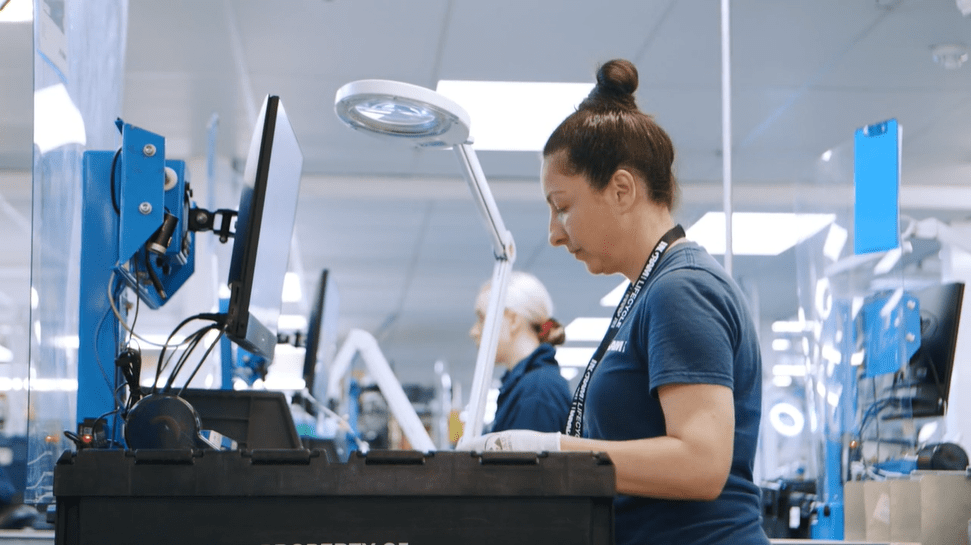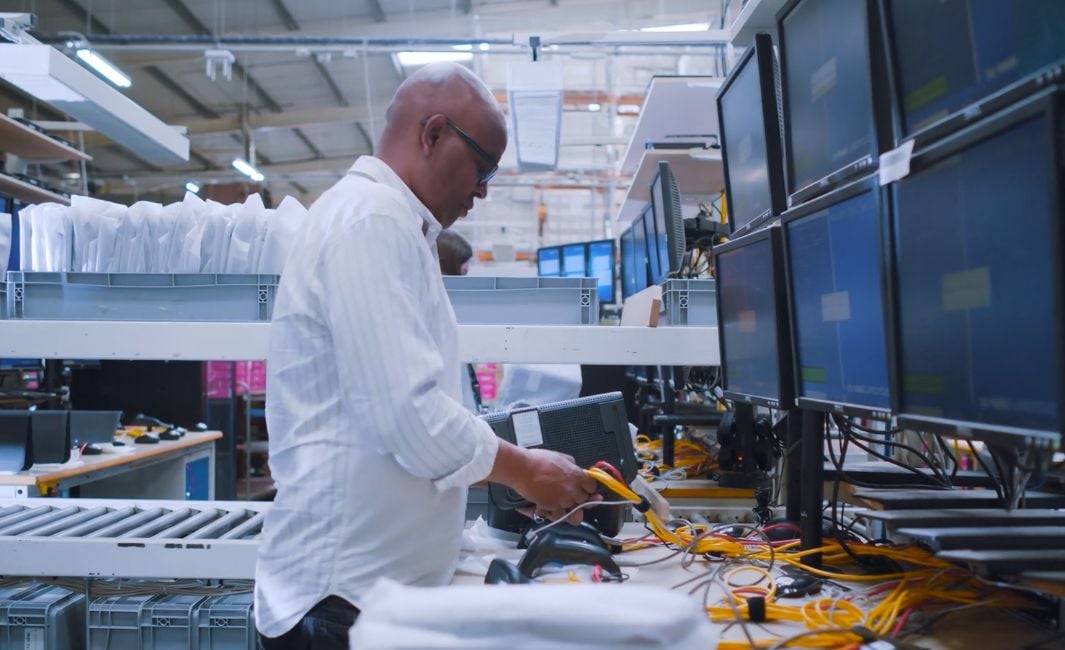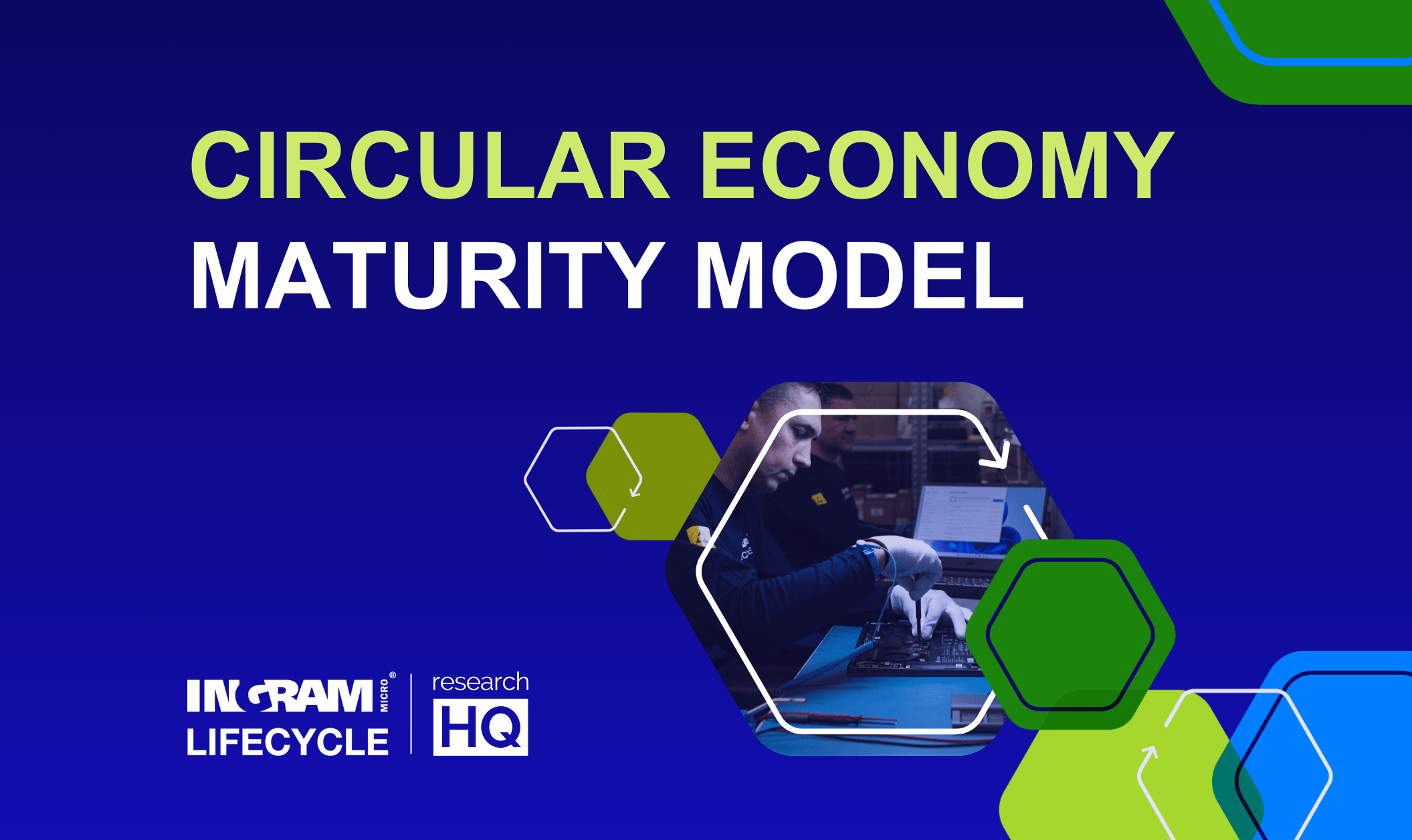Reliance on technology, smartphones in particular, is rapidly growing, with our phones more able than ever to support everyday activities. So, what does this mean when consumers are suddenly, and sometimes unavoidably, left without their tech?
Ingram Micro Lifecycle operates returns management programs for high-end consumer technology companies around the globe. With the support of our solutions, OEMs, retailers, insurers, and network operators boost the satisfaction of their customers by resolving repair and refurbishment issues as quickly as possible.
Below, we explain the medical phenomenon ‘nomophobia’ and how this condition can affect your technology returns management and consumer attitudes.
Nomophobia definition
The US National Library of Medicine defines nomophobia as “a psychological condition when people fear being detached from mobile phone connectivity.” The word derives from ‘no mobile phobia’ or ‘no mobile phone phobia’ and was created by the UK Post Office during a survey on the anxieties of mobile phone users. It’s a mental health concern stemming from being without a working smartphone and detachment from the internet or digital media.
Our growing connectivity can enhance our lives, acting as aids, boosting communication with loved ones, and improving learning, among other things. However, there is the suggestion that increasing reliance on smartphones can lead to a type of behavioral addiction.
Nomophobia covers all the ways you can be without your smartphone connectivity, including:
- loss/theft
- breakages
- forgetting the phone
- battery depletion
- lack of signal/network coverage
- running out of data
A further survey found that 72% of 18-24-year-olds would be worried if their friends and family couldn’t reach them via phone. 59% of 18-24 and 24-34-year-olds would feel anxious if they couldn’t communicate instantly with family and friends. One in five 18-24-year-olds would feel “weird” without their phones for a day. 49% of respondents said they take their phone room to room in their home.
Signs of nomophobia include:
- Having your phone present with you at all times, wherever you go or whoever you’re with
- Fastidiously keeping your battery charged even when it’s not close to depletion
- Feeling stressed or anxious about being without WiFi, data connection, or network signal
- Repeatedly checking the phone for messages, notifications, missed calls, or other alerts
- Insecurity over turning the phone off
How would you feel if you couldn’t use your phone for a day? Do any of the above symptoms sound familiar? For some, the prospect might come as a relief. Others can find it extremely daunting.
Nomophobia impacts returns expectations
Consumers who suffer from nomophobia to any degree may be more anxious over having to return their smartphones when an issue arises. Perhaps they’re suffering from issues around data connectivity, battery life, smashed screens, or DOA (Dead on Arrival). It's not only phones or tablets that can impact nomophobia but CPE too, stopping customers from connecting their devices to the internet.
Managing the returns expectations appropriately will result in higher customer satisfaction.
Communication must be robust. Keeping the customer updated on the process and the stage their device is in will keep them abreast of the next steps and timelines. You may see a higher level of concern from the customer so your customer service agents must be prepared to keep their cool and reassure them appropriately.
They’re also likely to apply pressure to speed up the turnaround time. While you should be striving for as speedy a turnaround as possible, every day they’re without a connected device will add to their anxiety. Don’t compromise quality for speed, however. Failing to deliver a fix the first time will increase customer dissatisfaction. If you can’t repair the device, then any replacement sent must be high quality like-for-like. If the customer is dissatisfied with the service they receive, you may lose them.
As nomophobia is more likely to be experienced in younger consumers, there’s also an additional urgency for parents to get their children and teens back up and running on their digital devices.
Reassure customers with confident processes
Managing the relationship with your customer is underpinned by clear communication, meeting expectations, and minimizing device downtime.
Without confidence in your processes, outsourcing the returns management, repair, and customer service is an alternative.
Ingram Micro Lifecycle has a diverse team of customer contact agents who are highly trained to speak with the voice of individual brands to reassure customers about their products. We provide returns management and recovery solutions globally to varied business customers. Our innovative repair and refurbishment solutions deliver high yields with successful first-time fixes to ensure a quick turnaround time and high customer satisfaction.
Get in touch with our team today to learn more about how our contact center and returns management solutions can help alleviate your customer’s nomophobia.
Recommended reading:
- Case study: technical contact center supports boost in NPS
- Top tips for streamlining CPE returns
- The importance of returns management, recovery, and recommerce
- 4 things to look for in a returns, recovery, and recommerce provider
- Enabling the serviceability of CPE
- 7 ways a returns policy influences consumer behavior













